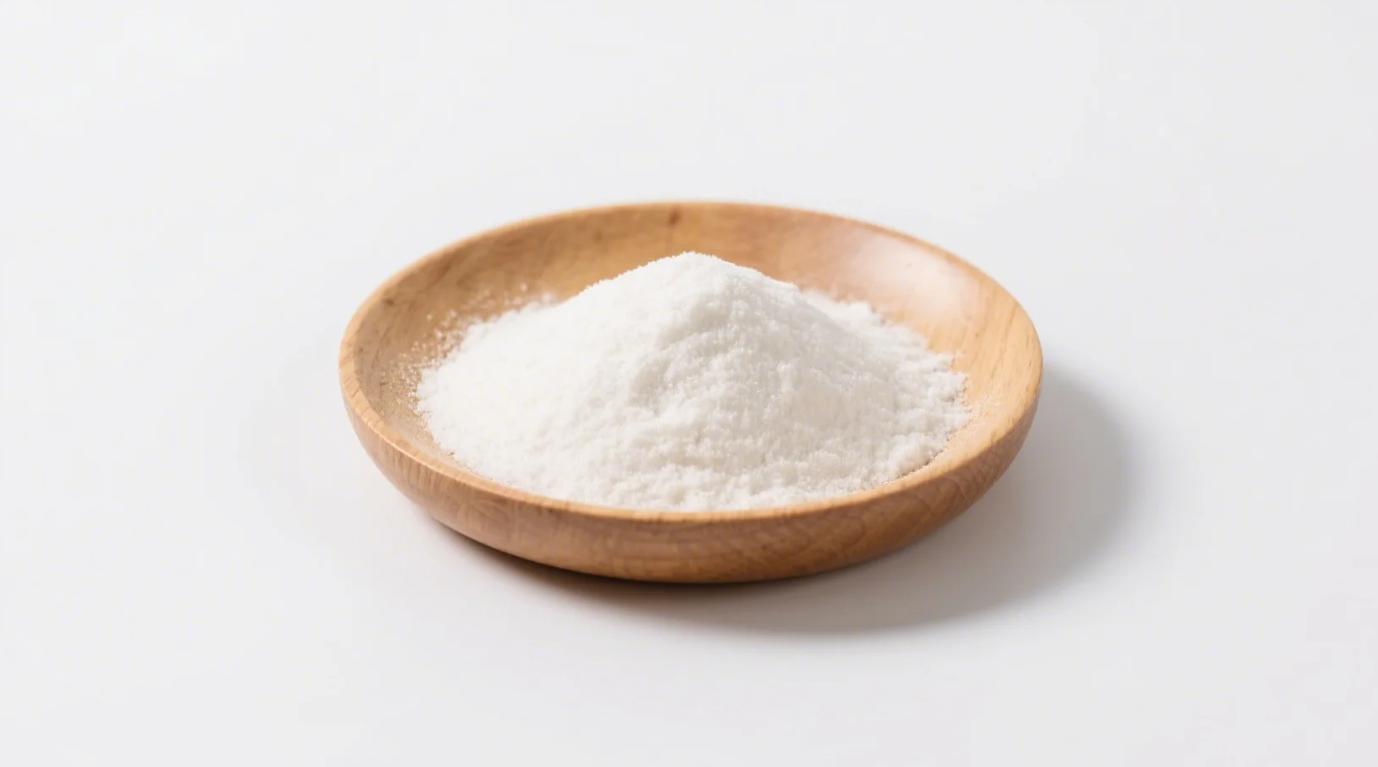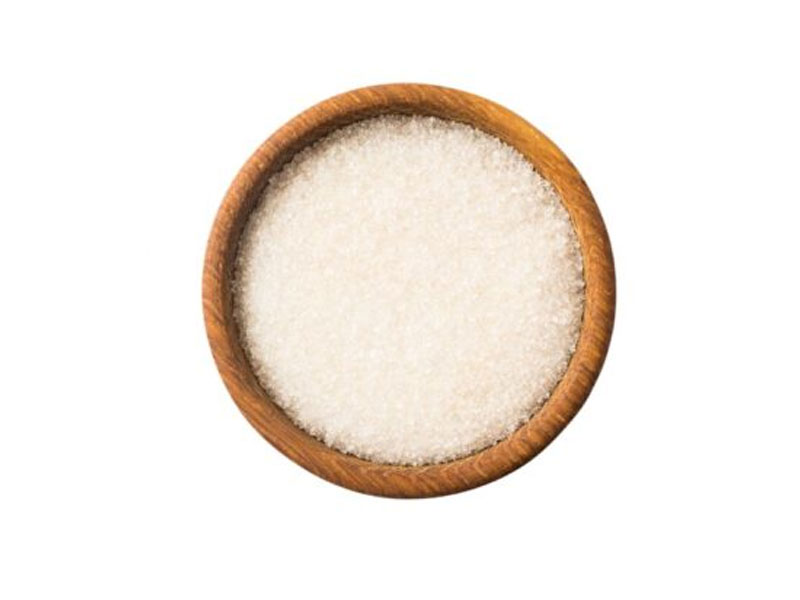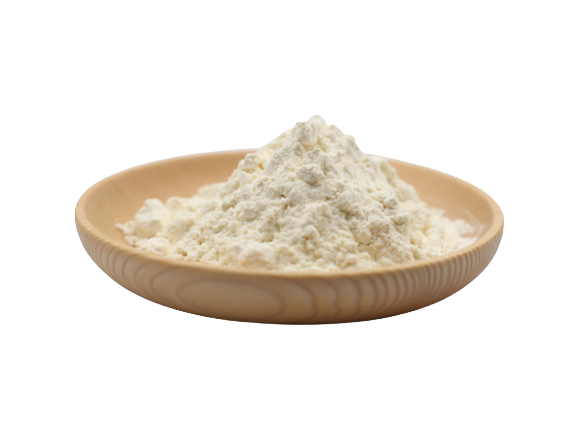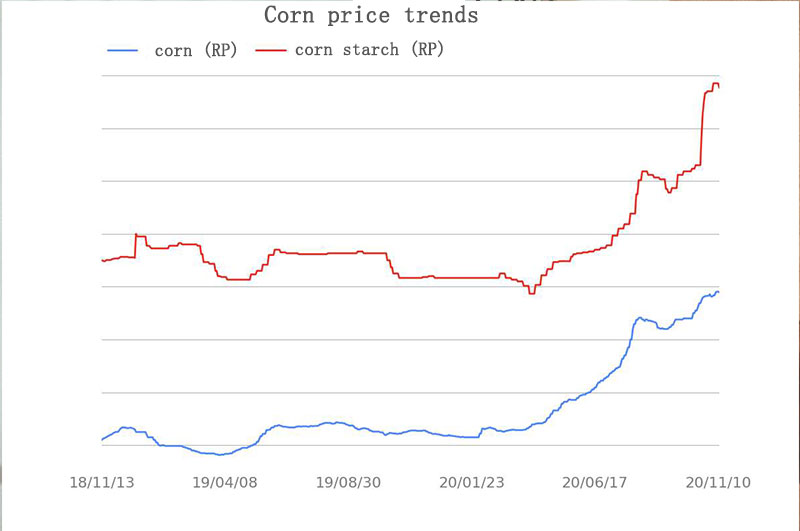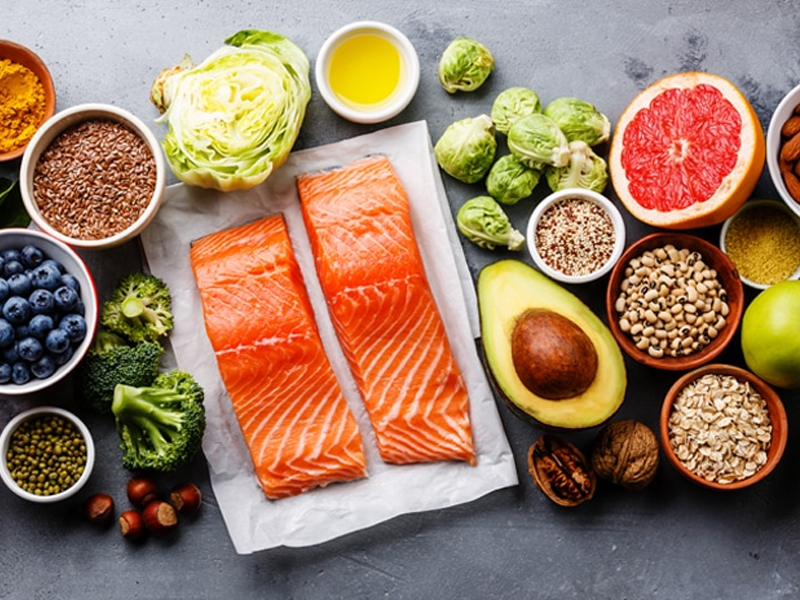Isomaltulose 101: Nature’s Smarter Sugar
Derived from beet sugar through enzymatic rearrangement, organic isomaltulose (brand name: Palatinose™) is a slow-digesting carbohydrate with the same calories as table sugar—but a radically different metabolic profile. Unlike sucrose, which spikes blood sugar, isomaltulose releases glucose gradually, offering sustained energy. But does this make it “healthy”? Let’s dissect the science.
The Good: Why Isomaltulose Shines
1. Blood Sugar Guardian
- Low Glycemic Index (GI = 32): 70% lower than sucrose (GI 65). Studies show it reduces post-meal glucose spikes by 20–30%.
- Stable Insulin Response: Diabetics report fewer energy crashes and cravings.
2. Brain and Body Fuel
- 4-Hour Energy Release: Ideal for athletes and students needing endurance without jitters.
- Ketone-Friendly: Unlike fructose, it doesn’t block ketosis in low-carb diets.
3. Dental Defender
- Non-Cariogenic: Oral bacteria can’t ferment it, reducing cavity risk (EFSA-approved claim).
4. Gut Health Ally
- Prebiotic Potential: 10–15% escapes digestion, feeding Bifidobacteria in the colon.
The Bad: Hidden Downsides of Isomaltulose
1. Calorie Equality
- Same Calories as Sugar: 4 kcal/g—no weight loss advantage unless portion-controlled.
2. Digestive Sensitivity
- Bloating in 10% of Users: Undigested isomaltulose ferments, causing gas in sensitive guts.
- Laxative Threshold: Doses >50g/day may trigger diarrhea.
3. Cost Barrier
- 3x Pricier Than Sugar: Organic isomaltulose costs ~$15/lb vs. $5/lb for organic cane sugar.
4. Limited Applications
- Not a Brown Sugar Substitute: Doesn’t caramelize well, limiting use in cookies or crème brûlée.
Organic vs. Conventional: Does Purity Matter?
| Factor | Organic Isomaltulose | Conventional Isomaltulose |
|---|---|---|
| Source | Non-GMO beets, regenerative farms | Often GMO beet or corn-derived |
| Processing | Enzymatic, no bleach or sulfites | May use sulfur dioxide for stabilization |
| Pesticide Residue | Zero (USDA Organic certified) | Up to 8 pesticides detected |
| Environmental Impact | Supports soil health | Linked to monoculture farming |
Winner: Organic ensures cleaner sourcing but doesn’t negate caloric or digestive downsides.
Isomaltulose vs. Other Sweeteners: The Verdict
| Sweetener | Calories/g | GI | Dental Safe | Gut Impact |
|---|---|---|---|---|
| Isomaltulose | 4 | 32 | ✅ | Moderate fermentation |
| Erythritol | 0.2 | 0 | ✅ | Low |
| Coconut Sugar | 4 | 54 | ❌ | Low |
| Allulose | 0.4 | 0 | ✅ | High (bloating) |
| Honey | 3 | 58 | ❌ | Low |
Best For: Athletes, diabetics, and anyone seeking steady energy without artificial sweeteners.
Who Should Avoid Isomaltulose?
- Low-Carb/Keto Diets: 4g carbs/g adds up fast (stick to erythritol or monk fruit).
- IBS Sufferers: High-FODMAP in large doses.
- Budget-Conscious Buyers: Stick to regular sugar or erythritol.
How to Use Organic Isomaltulose Wisely
- Replace 50% of Sugar: In coffee, oatmeal, or smoothies for balanced sweetness.
- Pre-Workout Fuel: Mix 20g with electrolytes for sustained energy.
- Bake Smart: Combine with allulose to avoid crystallization.
- Start Slow: 10g/day to test gut tolerance.
The Verdict: A Conditional Yes
Organic isomaltulose powder is a smarter sugar—if you prioritize steady energy, dental health, and clean sourcing. It’s not a weight-loss magic bullet, nor is it keto-friendly, but its low-GI benefits and metabolic neutrality make it a standout upgrade from table sugar. For athletes, busy parents, and glucose-sensitive folks, it’s a pantry game-changer. For others? Stick to cheaper, lower-cal alternatives.
Sweeten smarter. Your body clocks in.
Related Products
Organic Isomaltulose
Slow-Release, Low-Glycemic Carbohydrate for Functional Foods & Energy-Sustaining Formulations
Organic Cane Sugar
Unrefined, Sustainably Grown Sweetener for Clean-Label & Wholesome Formulations
Organic Monk Fruit Extract
Zero-Calorie Natural Sweetener for Clean-Label Food, Beverage & Supplement Applications
